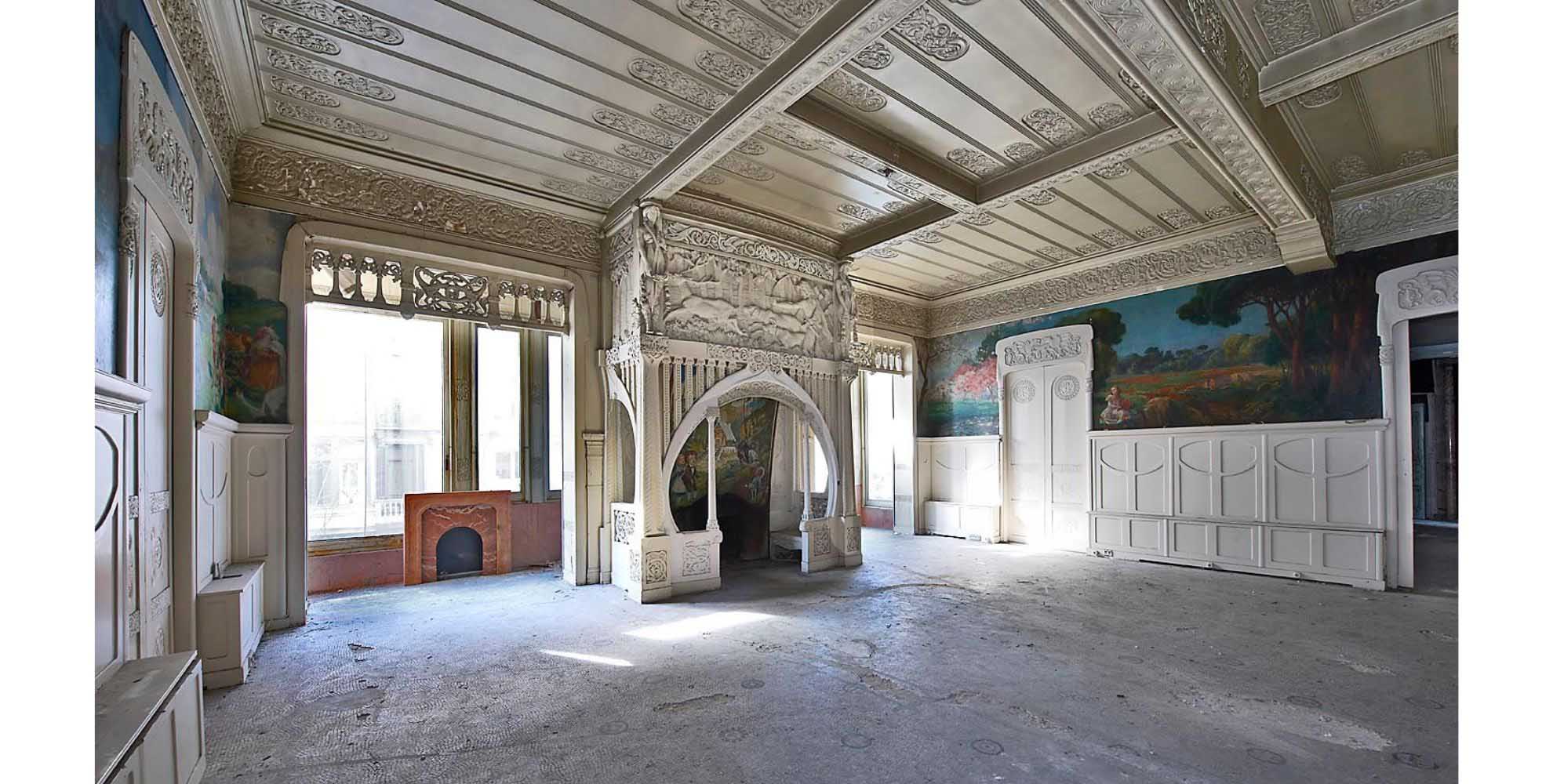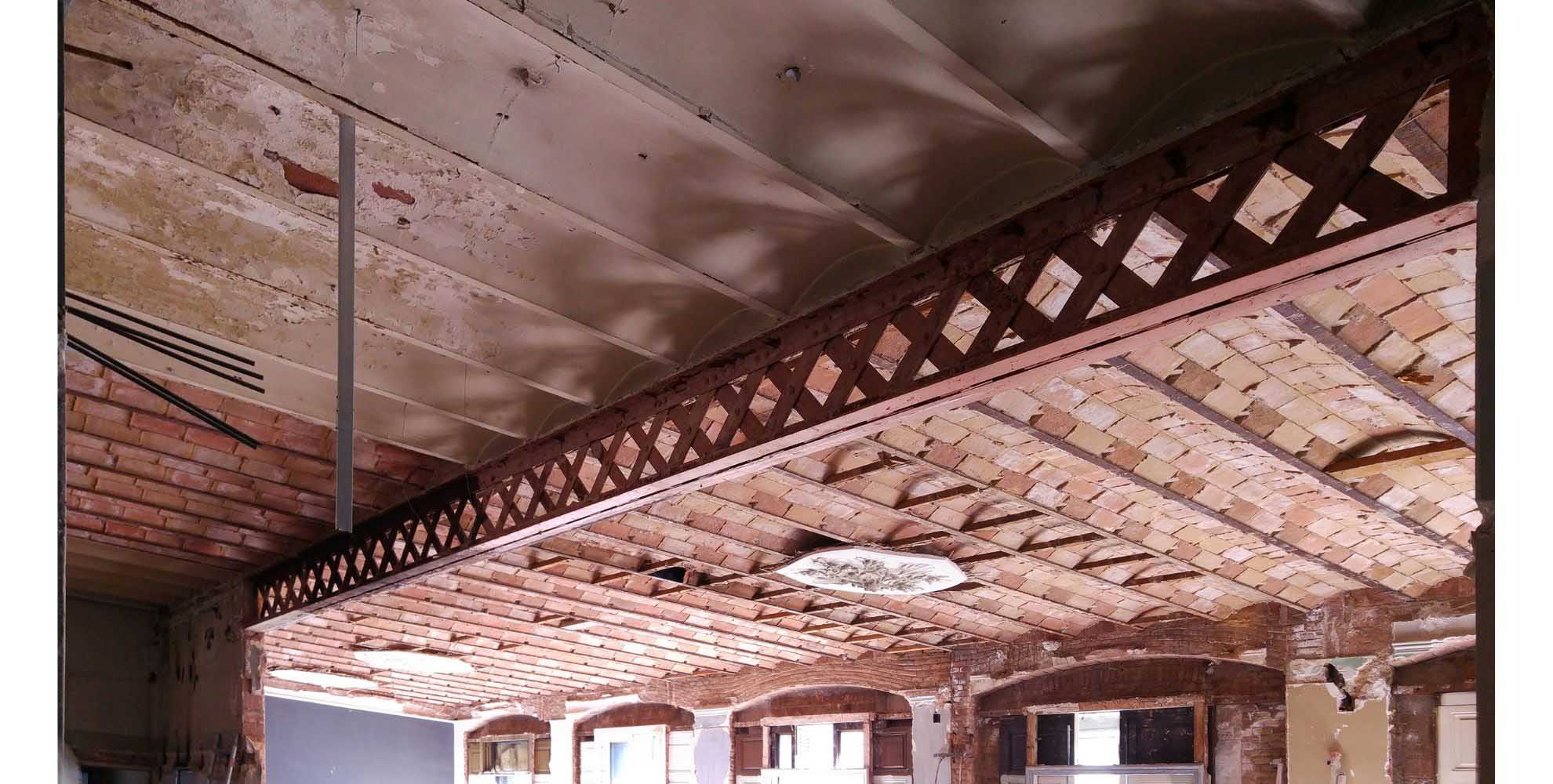Rehabilitating to Reinhabit
Respect and responsibility
In architecture, the term rehabilitate is understood to mean the set of techniques and interventions applicable to a building for its recovery and reuse. But beyond the purely academic definition, when we talk about rehabilitation we are talking about respect and responsibility. Respect for a constructed city that speaks of its history and reflects the efforts of our predecessors. Responsibility for the received legacy and towards future generations. Rehabilitation, then, becomes an instrument to conserve history, to preserve memory and to protect the landscape drawn by the entire set of buildings.
Rehabilitating a building means renovating it, updating it and adapting it to the present and future functionalities that we can be certain will be different to the ones for which it was originally designed. But it also means offering the same features at all levels just as we would with a brand new building.
In this sense, in rehabilitation projects the planning process does not start from an idea, which is followed by a design, which then ends with the work being carried out. The starting point is an already existing building that requires a precise, deep and exhaustive analysis—the diagnosis—to define and detail its characteristics, even those which are less obvious, its singularity. This diagnosis then allows us to plan its rehabilitation and give it another useful life so that it continues to provide a service to society with all the guarantees in place.
Any and all interventions undertaken in a building, whether or not it is categorized as a heritage building, must be done according to its own essence and therefore it shouldn’t be transformed without profound reflection on the effects, at all levels, that these interventions imply for the said construction.

Over 30 years of professional experience allows us to confirm with utter conviction that this first stage, the diagnosis, is of vital importance, because its precise definition will minimize the uncertainties and therefore any deviations during the construction phase, both in terms of budget and timelines.
For the past two decades, the proportion of buildings that are rehabilitated in all the countries in the European Union is above 25-30%, except during the years of deep crisis when this figure shot up because of the sharp fall in new building works. Although Spain is seeking convergence with Europe, it is doing so at a slower, more delayed pace. The figures for this country practically started from zero three decades ago and stabilized at around 15%, giving us a glimpse into the enormous potential for growth in the rehabilitation sector in Spain.
In the macroeconomic sense, rehabilitation, particularly structural rehabilitation, has a spectacular road ahead of it in our country. Bearing in mind that sustainability is the great challenge of the near future, the development potential of rehabilitation is increasing, considering that it is the most sustainable and least aggressive and therefore the most environmentally friendly technique to create architectural spaces. The data confirms this: the cost of the CO2 emissions that rehabilitation produces during the construction phase is around half that of a new building.
When we rehabilitate a building, we make use of a large part of the original work carried out in another time, we make use of the bulk of existing materials: the facades, the framing, the main walls. This is not the case with the installations, finishes or often even the distributions or functionalities. What we do conserve and rehabilitate almost 100%—to give the building an entirely new cycle of life—is the structure.

CASA BURÉS, DETAIL OF THE ROOF BEFORE RESTORATION, BARCELONA, FRANCESC BERENGUER I MESTRES, 1900-05. IMAGE BIS STRUCTURES
Society’s needs and uses change with the passing of the years. They say that the order of the rules and regulations changes every 15 years and therefore the requirements are new and usually—because of the evolution of the surroundings themselves—more demanding. And this is logical: we want greater safety, higher quality, more peace of mind and also longer durability. And this is where innovation takes on a relevant role.
Over time, part of the innovation that is applied in rehabilitation ends up becoming a technology applicable to new works (this is the case with carbon fiber or fiber mortars). To drive innovation in the materials, in the systems and in the methodologies of the construction sector is to invest in one of the driving forces of the European economy. And this can only occur with the company-university partnership, and with government collaboration and funding.
The certification of the products and technologies in construction is not only compulsory in a legal and regulatory sense but is also very necessary and essential in order to work with professional trust and peace of mind. Certification can only be understood if it comes from a prestigious, independent and autonomous body or institution, which can invest time into the study and validation of products and corroborate that a product does or does not comply with the quality standards that are required for it to be used with guarantees and solvency.
Rehabilitation, sustainability and innovation unarguably converge in the circular economy model. To rehabilitate a building is to recover all its possibilities in the final stage of its first life cycle and to carry them over into the starting point for the next. To renew its functionalities is to carry out the work with respect for the environment. To apply new technologies is to create value through research.
Rehabilitating to reinhabit is the smartest, most efficient way of recovering a building that would otherwise become obsolete.
MAIN IMAGE: Hospital de la Santa Creu i Sant Pau, Modernist complex listed as a UNESCO World Heritage Site, Barcelona, Lluís Domènech i Montaner, 1902-20. Image Jesús Arpón, CC BY-SA 3.0, via Wikimedia Commons
